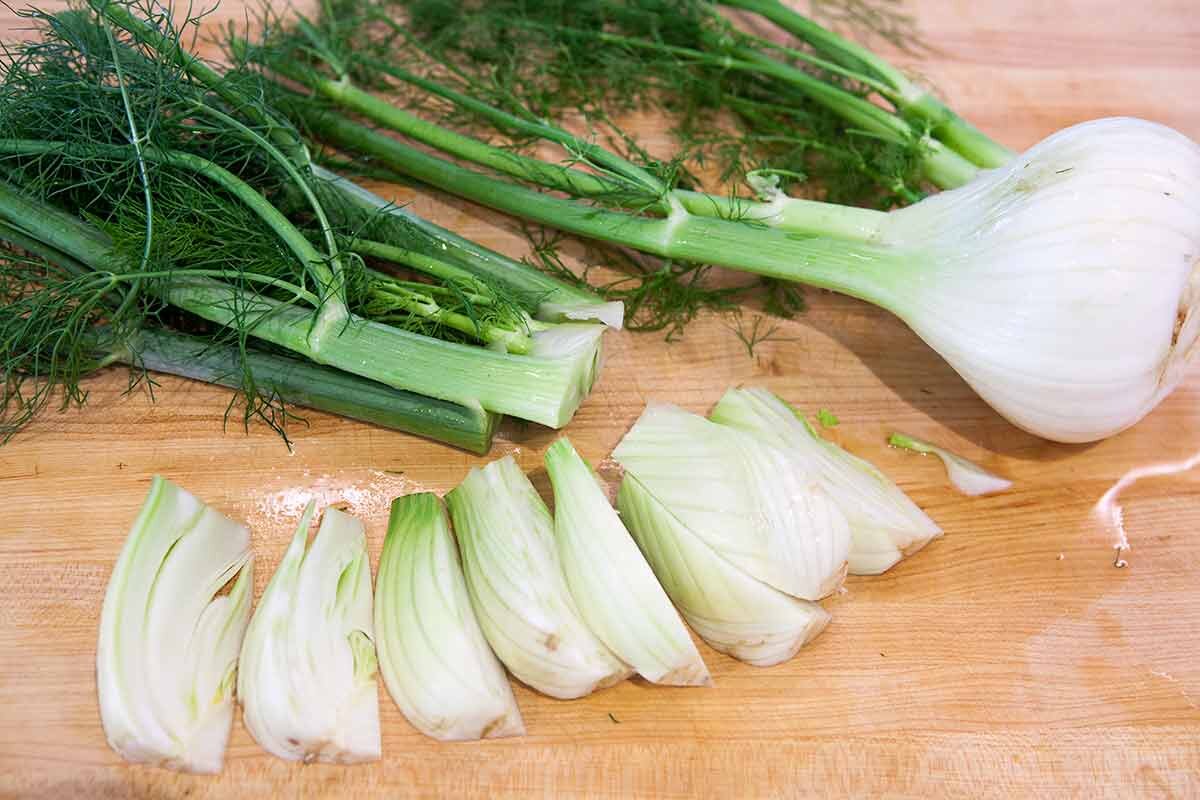How Eating Vegetables Can Help with Candida Recovery
What is the one food that is good for vegetarians, omnivores, kids, adults, diabetics, heart disease, cancer patients, and for people recovering from Candida overgrowth? Vegetables!
It is that wonderful time of year when fresh produce abounds! Who doesn’t love visiting the farmer’s markets and roadside stands to admire the rainbow of fresh fruits and vegetables?
If you have been planning to work more of these nutritional wonders into your diet, now is the time. But if, to you, eating vegetables means alternating between only frozen green beans and broccoli – where do you start?
What's So Great About Vegetables?
Vegetables contain pre-biotic fiber, which encourages good probiotics to keep your system in balance. Many people with Candida state that vegetables also help reduce sugar cravings and naturally calm inflammations. Less sugar cravings means less sugar and better for managing Candida.
Overall, vegetables help promote a more balanced system.
Organic – or Not?
In a grocery store, you will often notice a hefty price hike for organic produce, and they may not seem worth the cost. On the other hand, regular produce is sprayed with many pesticides, herbicides, and fungicides that are considered carcinogenic (cancer causing) and can also act as hormone disruptors.
One way to determine what produce is safest to eat, is to consult the Environmental Working Group’s "Dirty Dozen" and "Clean Fifteen" lists. These lists are updated yearly, and are available on an mobile app called Dirty Dozen. It allows you to check in the grocery store to see which items are worth the organic price. (Spoiler Alert: Strawberries are the worst; sweet corn isn’t bad at all.)
Get to know your local farmers and ask if they are “no spray." The term "no spray" refers to farms that have not gone through the expensive process of USDA Organic certification, but follow low- or no-pesticide practices.
Beyond Broccoli and Green Beans
It is easier to eat vegetables more often if you eat a variety of vegetables, but many of us tend to default to what we know, which is only a limited amount of vegetable recipes. Not to mention, we may have only experienced asparagus as over-cooked and stringy, or associate peas with the greyish mushy bullets served in elementary school cafeterias. There are many more options when you take time to explore new and different vegetables, preparation styles, and combinations.
Get Inspired With These Easy Ideas
Add vegetables to light summer soups
For a quick dinner, sauté a chopped onions in olive oil in a large pot, add 1 pound ground chicken, beef or turkey and cook until browned. Add two, 32 oz. boxes of broth of your choice. Then, the veggies: sliced zucchini, crook necked squash, green beans, fennel (the vegetable, not the seed), chopped sweet bell peppers (green, yellow and/or red), fresh or dried herbs (I like tarragon, oregano or basil). Bring to a boil, lower heat to simmer, cover and cook for 30 minutes. Add a few handfuls of chopped greens on top few minutes before it is done. Collards, kale, chard or spinach will work. Soup is done once the greens are steams and tender.
Buy a cookbook devoted just to vegetables (or a Italian or Mediterranean cookbook)
These cuisines really know how to appreciate a veggie, and their simple approach makes the most of the season’s succulent harvest. This recipe comes from the book Made in Italy by David Rocco:Start with a bulb of fennel (the vegetable, not the seeds). Trim, core and slice it. Sauté the fennel in a bit of olive oil until it is soft and “carmelized.” Then add a half cup of water, cover and steam for a few more minutes. That’s it! Serve it as your vegetable side and it is delish!
What about trying an Eggplant Parmesan, or for a handy snack, Babaganoush (eggplant dip)?
Roast asparagus by arranging it on a cookie sheet and drizzling it with olive oil. Place in a 400 degree F. oven for 4 minutes. Turn and cook for another 4 minutes. Drizzle a bit of flavored balsamic vinegar on top (raspberry is good). Yum!
Stuff Poblano peppers with Italian sausages and pop them on the grill for a spicy sausage “sandwich.”
Fill some sweet bell peppers with any combination of meat, vegetables and/or grains such as rice or quinoa.Cook cauliflower until soft, drain well, add seasonings of your choice (herbs? curry? Sriracha?) and put in food processor to make faux “mashed potatoes”.
Let this summer/fall be “The Season of More Veggies!”
For other tips and guidance on how to manage your Candida, check out our free, downloadable "Candida Detox Recovery Guide."





